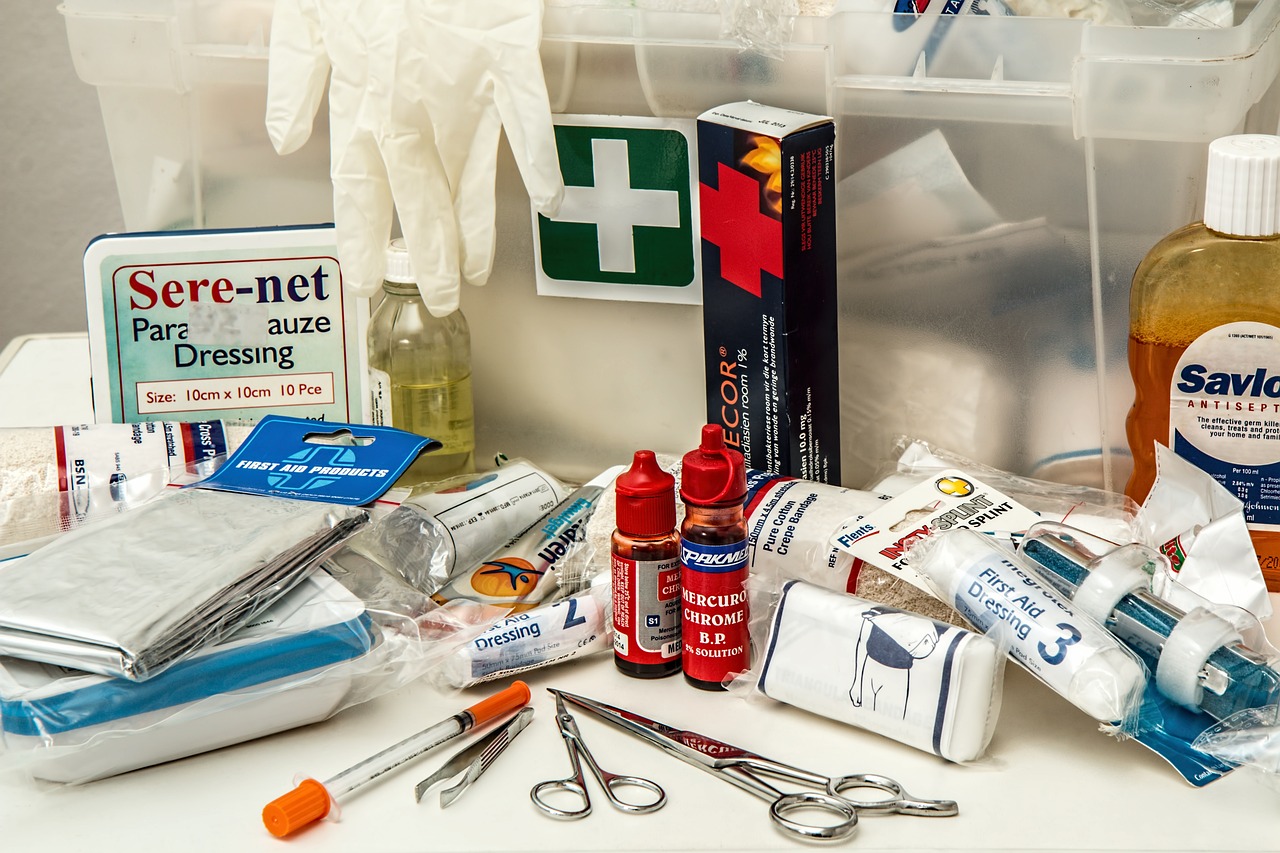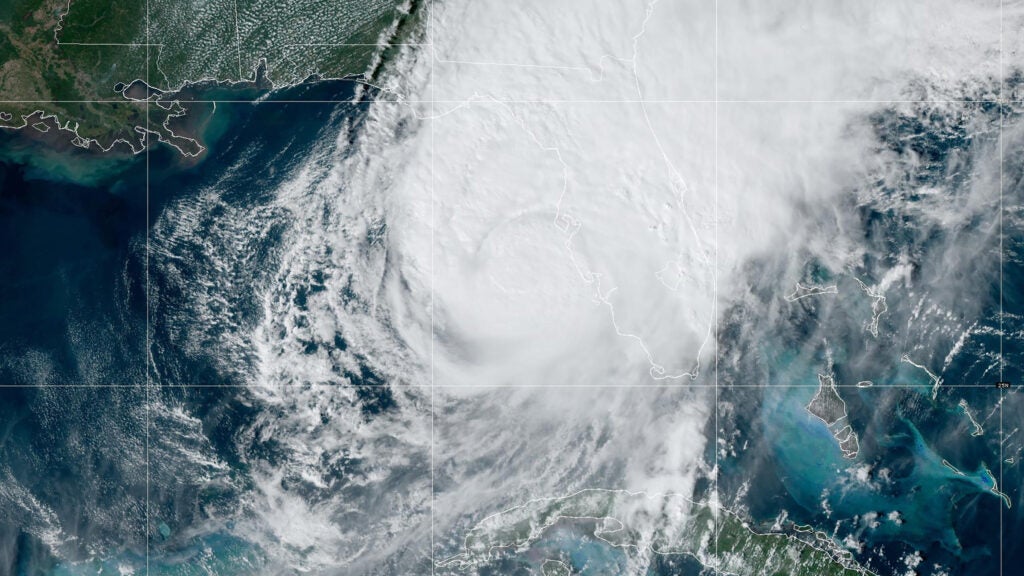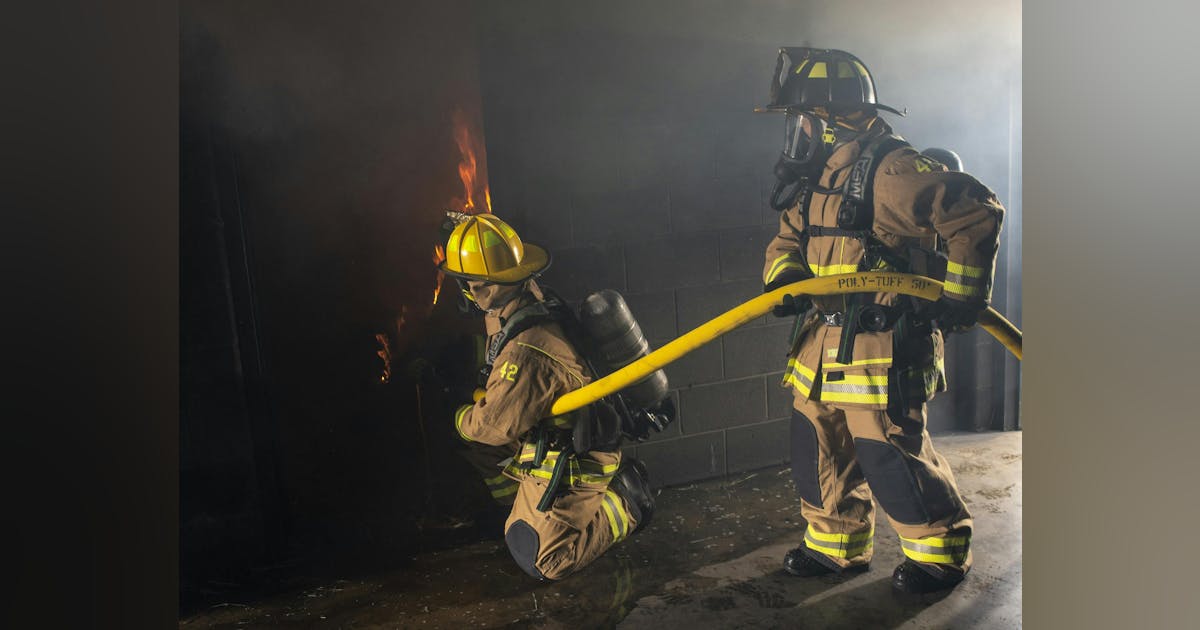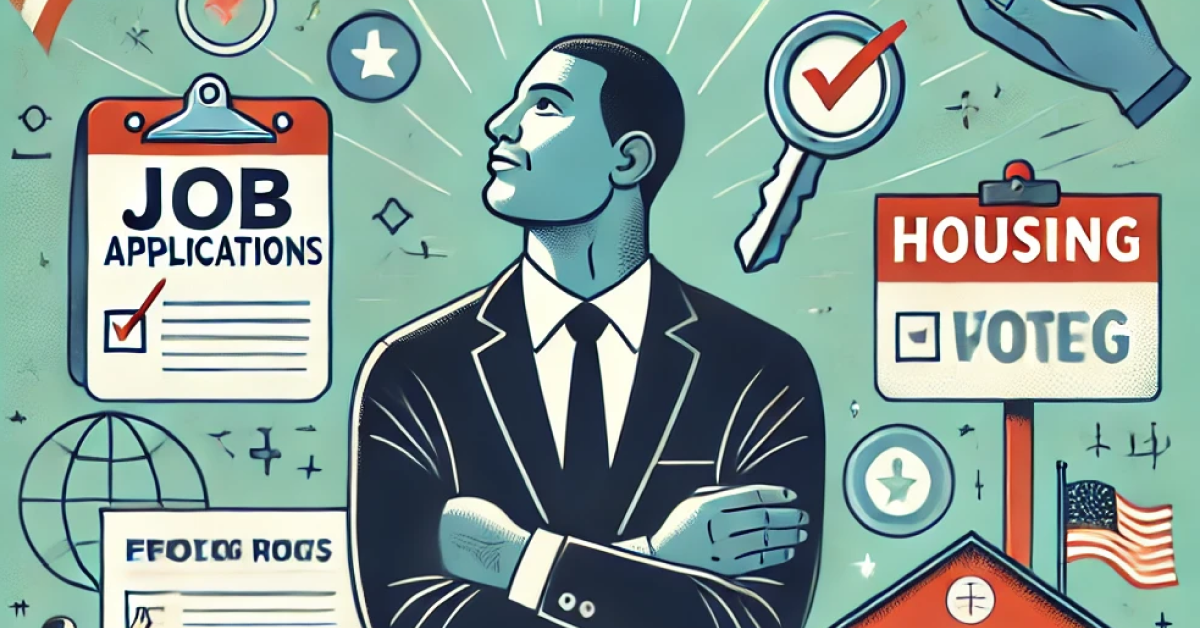In a world where accidents and medical emergencies can strike at any moment, having a basic understanding of emergency first aid is more than just a valuable skill; it’s a potential life-saver. Whether you’re at home, at work, on the road, or enjoying outdoor activities, knowing how to provide immediate care to an injured or ill person can make a critical difference in their outcome. In this article, we delve into the importance of emergency first aid, its key principles, and the essential skills you should know.
The Significance of Emergency First Aid
Emergency first aid is the initial assistance or treatment given to an individual who is injured or suddenly falls ill before professional medical help arrives. It’s not just about administering care; it’s about buying time and stabilizing the person’s condition until trained medical personnel can take over. In some situations, those initial minutes can mean the difference between life and death.
Key Principles of Emergency First Aid
Before diving into specific skills, it’s crucial to understand the fundamental principles that guide emergency first aid:
- Assess the Scene: Before providing assistance, ensure the area is safe for both you and the injured person. Look out for potential dangers like traffic, fire, or collapsing structures.
- Check for Responsiveness: Gently tap the person and ask loudly, “Are you okay?” If there’s no response, the person might be unconscious and in need of immediate attention.
- Call for Help: If the situation is serious, call emergency services right away. It’s better to have professional help on the way while you provide initial care.
- Perform a Primary Survey: This involves assessing the person’s airway, breathing, and circulation (ABC). Ensure the airway is clear, check for breathing, and assess the pulse.
- Control Bleeding: If there is significant bleeding, apply pressure to stop it using a clean cloth or dressing.
- Provide Comfort and Reassurance: Stay calm and reassure the injured person. Your presence and encouragement can help prevent panic.
- Keep the Person Warm: Maintain body temperature by covering them with a blanket or clothing to prevent hypothermia.
Essential Emergency First Aid Skills
- CPR (Cardiopulmonary Resuscitation): CPR is a life-saving technique performed when someone’s breathing or heartbeat has stopped. It involves chest compressions and rescue breaths to restore circulation and oxygenation.
- Heimlich Maneuver: This technique is used to dislodge an object stuck in a person’s airway, preventing choking.
- Basic Wound Care: Learn how to clean and dress wounds to prevent infection. Apply pressure to control bleeding and use sterile dressings if available.
- Recovery Position: If someone is unconscious but breathing, placing them in the recovery position helps maintain an open airway and prevents choking on fluids.
- AED (Automated External Defibrillator) Use: AEDs are used to shock a person’s heart back into a normal rhythm during cardiac arrest. Learning how to use one is a valuable skill.
- Treating Burns: Different types of burns require different treatments. Learn how to cool and protect burns while preventing infection.
- Splinting: Immobilize fractures or injured limbs with improvised splints to prevent further damage and reduce pain.
- Recognizing Stroke and Heart Attack Symptoms: Know the signs of a stroke or heart attack and how to respond, such as calling for help and keeping the person comfortable.
Training and Certification
While articles like this can provide an overview of emergency first aid, receiving formal training and certification is highly recommended. Organizations like the American Red Cross, the American Heart Association, and local healthcare providers often offer first aid courses. These courses provide hands-on training, practice scenarios, and guidance from certified instructors. Being certified not only boosts your confidence but also ensures you’re well-prepared to respond effectively in critical situations.
Conclusion
Emergency first aid is a skill that transcends age, occupation, and location. It’s a skill that empowers individuals to take immediate action and potentially save lives. Whether it’s providing CPR, controlling bleeding, or knowing how to react during a medical emergency, every piece of knowledge contributes to a safer and more prepared community. By understanding the key principles of emergency first aid and mastering essential skills, you become a beacon of hope in times of distress, bridging the gap between an accident and the arrival of professional medical assistance.



